HIV/AIDS
A Comprehensive Understanding of HIV/AIDS
HIV/AIDS is a difficult and frequently misinterpreted subject. The goal of this blog article is to arm you with knowledge regarding the virus, its impacts, and the state of treatment as it is now by giving you a concise and comprehensive review.
Table of Contents
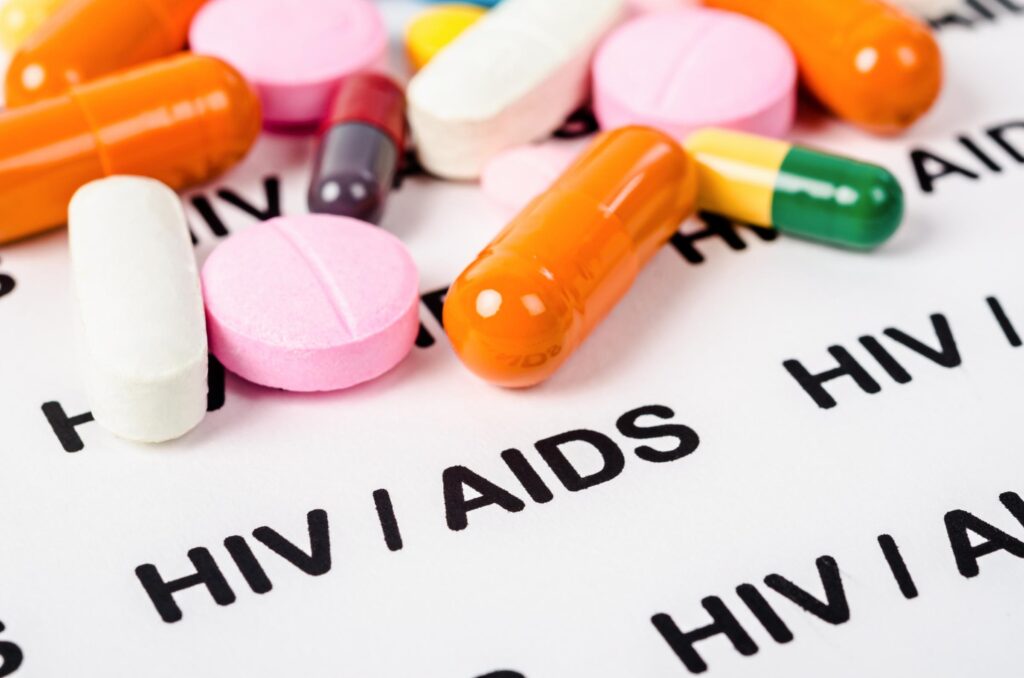
The retrovirus known as HIV
The Invader Within Human Immunodeficiency Virus, targets CD4 cells, which are essential for thwarting infections, as it assaults the immune system of the body. HIV gradually impairs immune function, leaving the body vulnerable to a range of diseases and opportunistic infections (infections that wouldn’t typically strike a healthy person).
HIV infection progresses to an advanced state known as acquired immunodeficiency syndrome, or AIDS. When the body is susceptible to potentially fatal infections due to a decrease in CD4 cell count, it indicates a severely impaired immune system.
The key distinction is that HIV is the virus itself, but AIDS is a group of ailments and symptoms brought on by HIV’s profoundly compromised immune system.
Transmission: The HIV/AIDS Epidemic
Particular body fluids have the potential to spread HIV:
- Blood: Sharing syringes or needles tainted with HIV-positive blood.
- Semen: Unprotected anal or vaginal sex with an HIV-positive individual is known as semen.
- Pre-seminal fluid: commonly known as pre-cum, has the potential to spread HIV, albeit less frequently than semen.
- Vaginal and rectal fluids: HIV can be transmitted during intercourse through vaginal and rectal fluids.
- Breast milk: Nursing is one way that HIV-positive mothers might infect their unborn children.
It’s crucial to understand that HIV cannot spread through:
- Casual contact: There is no risk involved with handshakes, hugs, or sharing cutlery with someone who has HIV.
- Saliva: Unless there are open sores in the mouth, kissing does not spread HIV.
- Perspiration, tears: or urine don’t contain enough HIV to be infectious.
Manifestations: Understanding the Symptom
Early-stage HIV infection frequently manifests as easily overlooked flu-like symptoms. These might consist of:
- Fatigue with Fever
- swollen lymph nodes
- sore throat
- aches in the muscles
As the illness worsens, the following symptoms may worsen:
- Quick reduction in weight
- Breathing difficulties
- persistent infections (pneumonia, fungal infections)
- sweats at night
It is important to keep in mind that being symptom-free does not imply one is HIV-negative. Testing is the only way to find out for sure.
Treatment and Prevention for HIV-positive Living
HIV is no longer a death sentence, which is fantastic news. The virus can be suppressed by extremely potent drugs known as antiretroviral therapy (ART), which helps the immune system recover and stops the development of AIDS. Individuals with HIV can lead long, healthy lives if they take their medication consistently.
It’s important to prevent:
- Safer sex: Pre-exposure prophylaxis (PrEP) is a viable option for enhanced protection during sexual activity. Constantly use condoms.
- Needle and syringe safety: Never share syringes or needles for safety reasons.
- Programmes aimed at reducing harm: To stop the spread of infection among drug injectors, these programmes offer sterilised needles and syringes.
- Prevention of transmission from mother to child (PMTCT): During pregnancy, childbirth, and breastfeeding, an HIV-positive mother’s risk of transmitting the virus to her unborn child can be considerably decreased with effective treatment plans.
We may work towards a future free from the fear of this virus by being aware of HIV/AIDS and engaging in safe behaviours.
Some other things to think about are:
- Why testing for HIV is important.
- addressing the negative perception of HIV/AIDS.
- HIV-positive individuals and those at risk can access resources.
Together, let’s spread knowledge about HIV/AIDS and build a more understanding and caring global community.

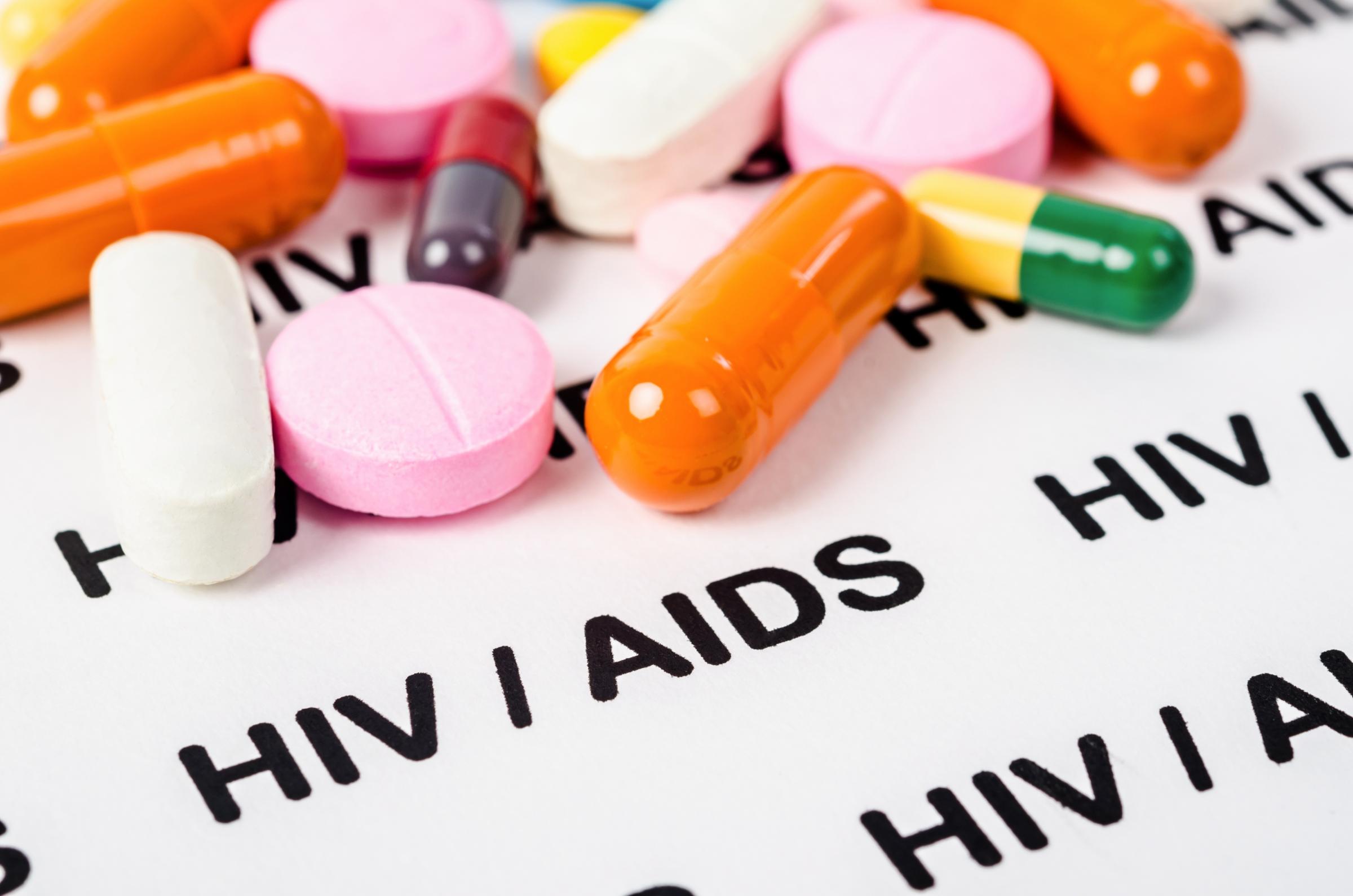
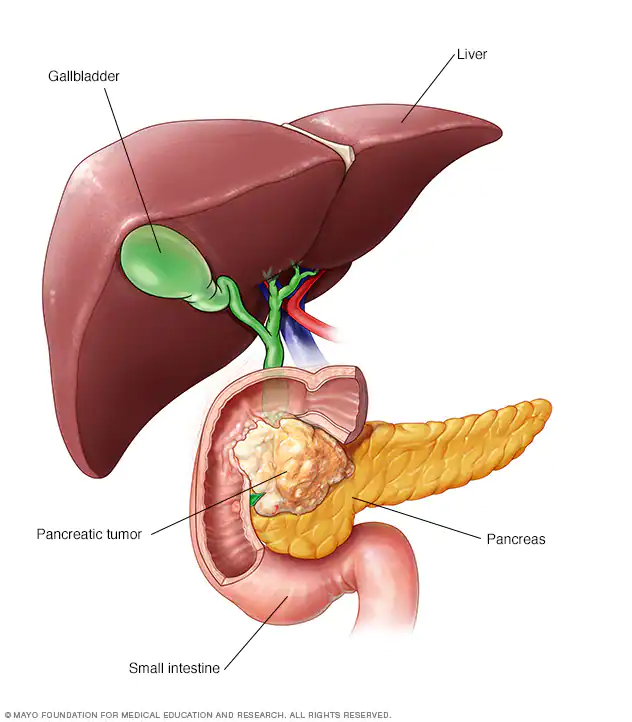
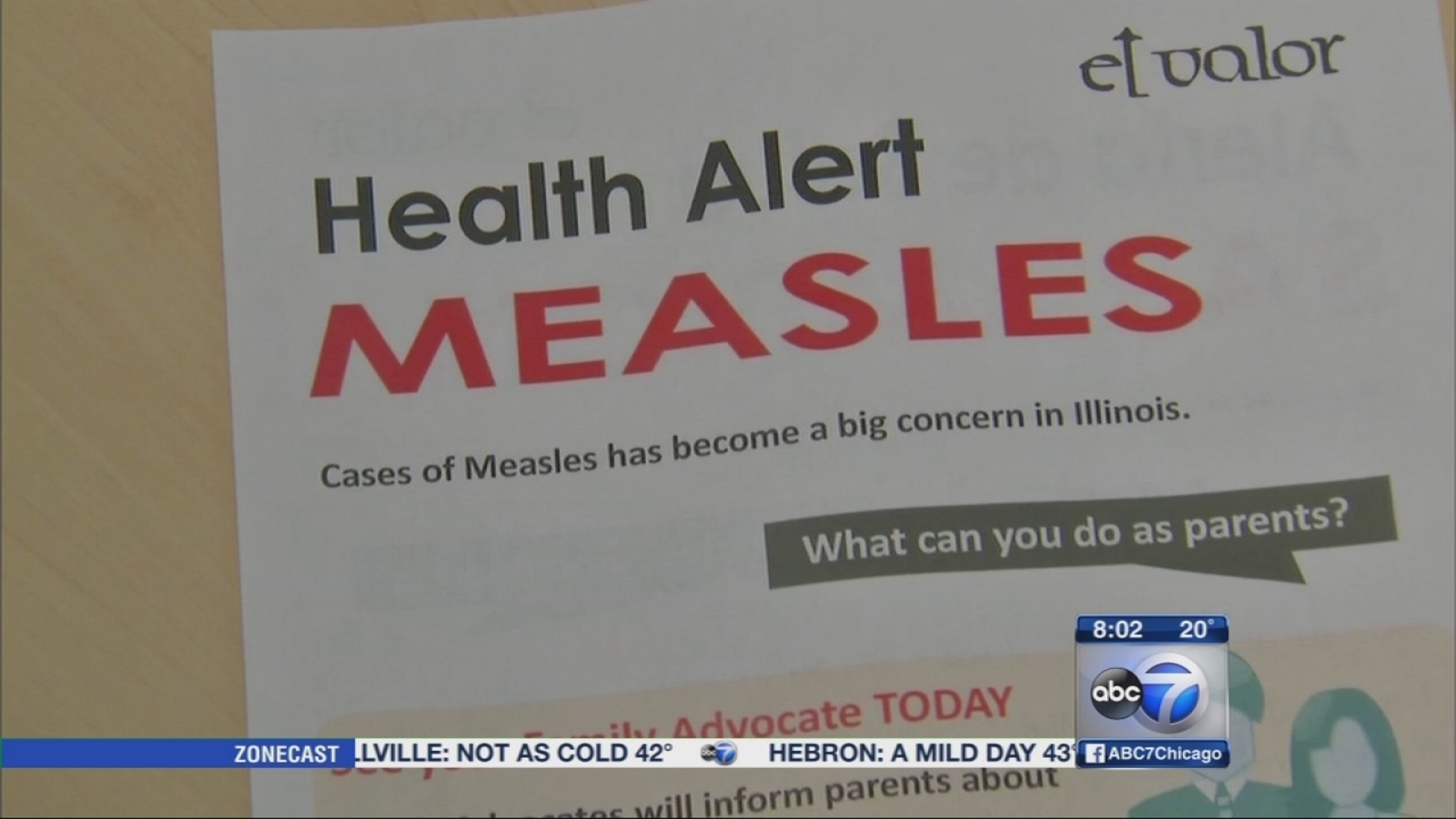
![Heart Disease in Children & Teens: Beyond Birth Defects [Symptoms, Types & Treatment]](https://ktechkhalil.com/wp-content/uploads/2024/04/OIP-3.jpg)
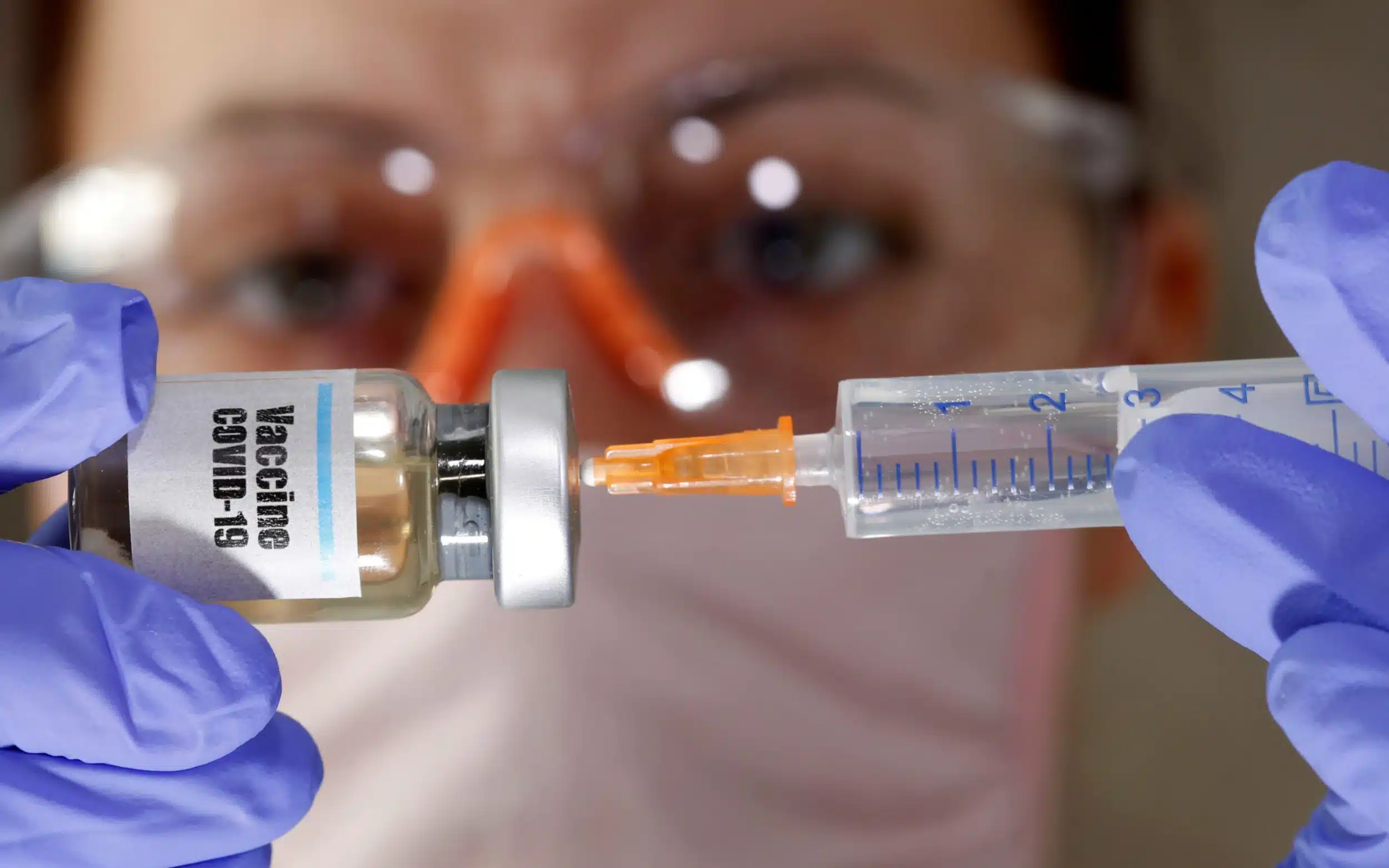
Recent Comments